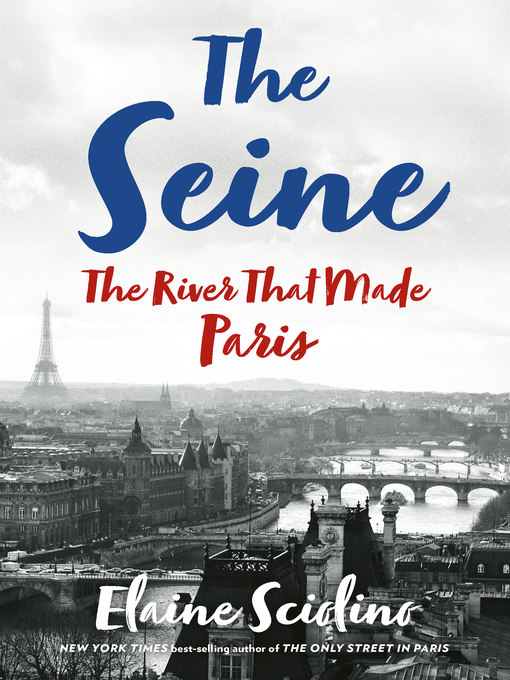An American Library in Paris "Coups de Coeur" Selection
A Los Angeles Times Bestseller
"Elaine Sciolino is a graceful, companionable writer.... [She] has laid one more beautiful and amusing wreath on the altar of the City of Light." —Edmund White, New York Times
Blending memoir, travelogue, and history, The Seine is a love letter to Paris and the river that determined its destiny. Master storyteller and longtime New York Times foreign correspondent Elaine Sciolino explores the Seine through its lively characters—a bargewoman, a riverbank bookseller, a houseboat dweller, a famous cinematographer—and follows it from the remote plateaus of Burgundy through Paris and to the sea. The Seine is a vivid, enchanting portrait of the world's most irresistible river.




